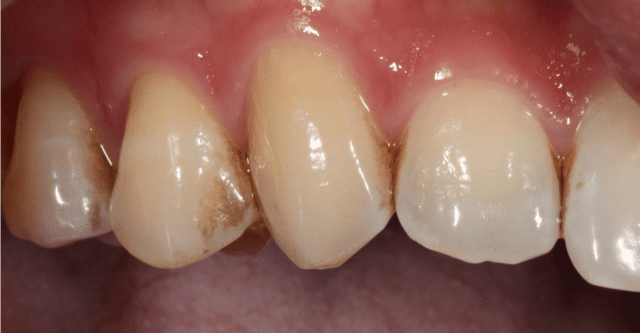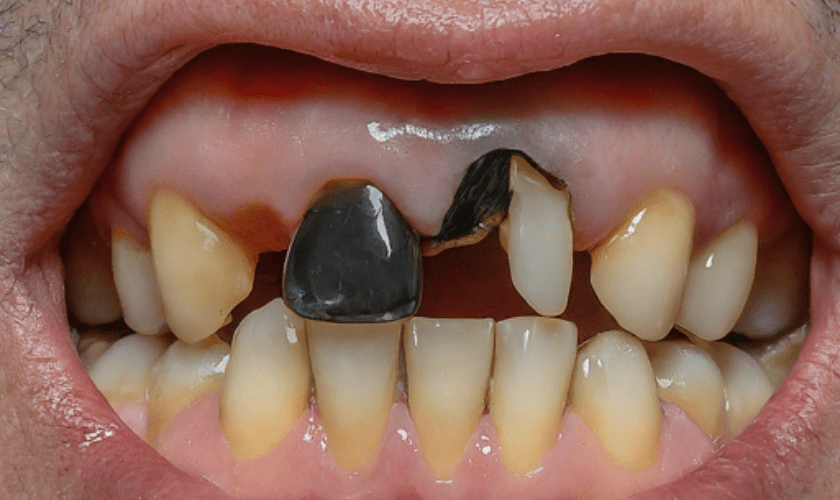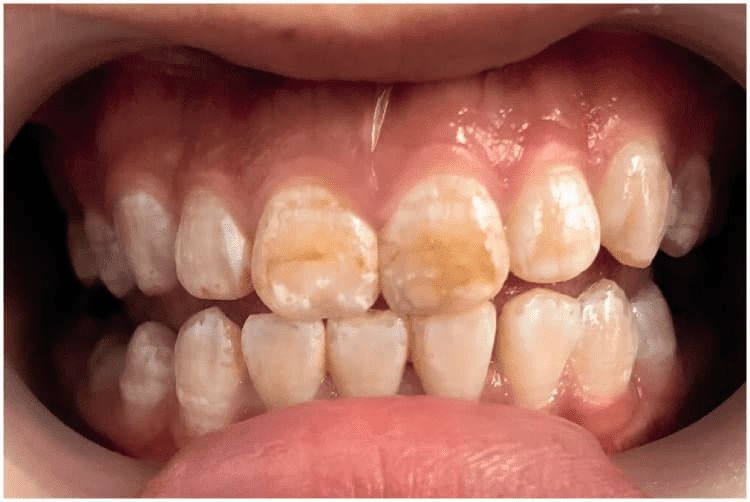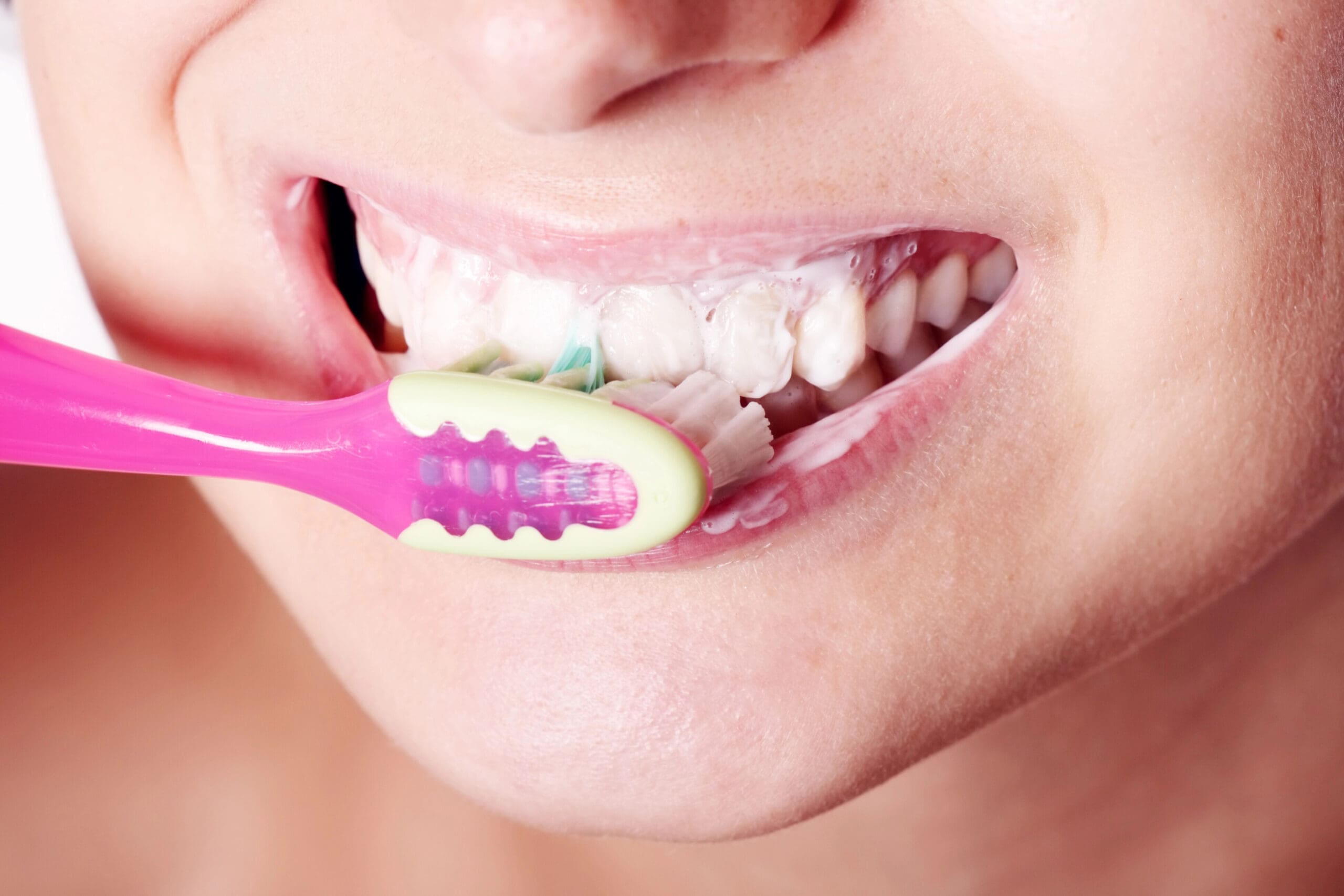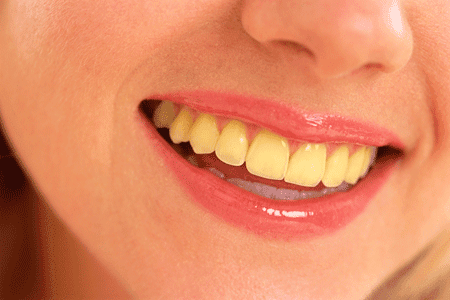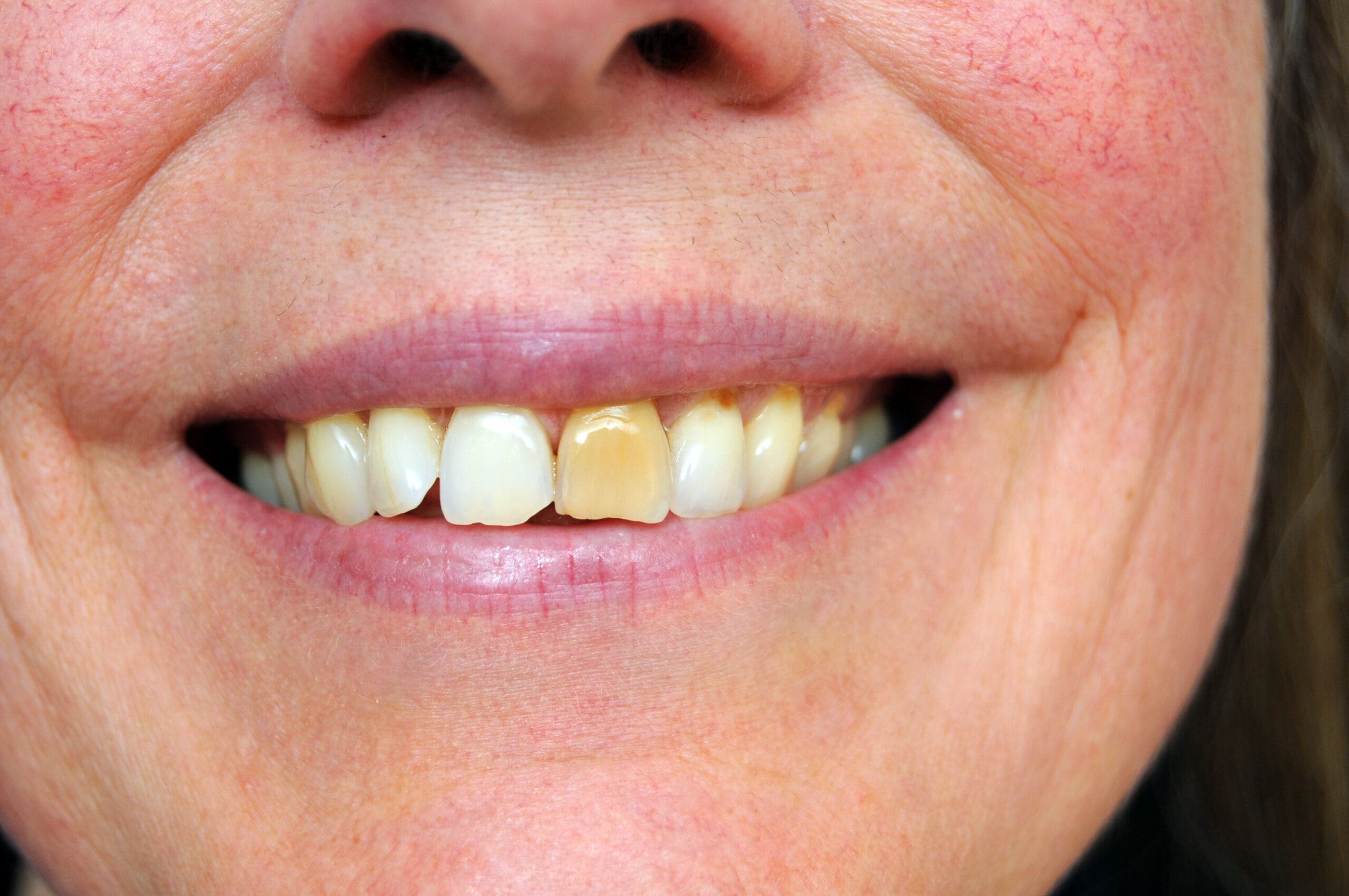Ever wondered about the different types of teeth stains and how to treat them? Teeth stains can be categorized into extrinsic, intrinsic, and age-related, each requiring specific approaches for effective treatment. Understanding these categories helps in identifying the underlying causes and potential solutions for achieving a brighter smile.
Types of Teeth Stains
Understanding extrinsic stains is essential when exploring the various types of teeth stains. These stains occur on the outer surface of the tooth enamel and are typically caused by external factors such as food, beverages, and tobacco use. Common culprits include coffee, tea, red wine, and certain fruits and vegetables that contain strong pigments. Over time, these substances can lead to noticeable discoloration, affecting the overall appearance of your smile.
Extrinsic stains are generally easier to address compared to intrinsic stains, as they do not penetrate the deeper layers of the tooth. Regular oral hygiene practices can help manage these types of teeth stains, but persistent discoloration may require professional attention. For more information on specific causes and potential solutions, you can explore our detailed guide on Brown Stains on Teeth: Causes and Solutions.
Intrinsic Stains
Intrinsic stains are a type of discoloration that occurs beneath the surface of the tooth. Unlike extrinsic stains, which affect the outer layer, intrinsic stains are embedded within the tooth’s structure, often making them more challenging to address. These stains can result from various factors, including certain medications, excessive fluoride exposure during childhood, or trauma to the teeth. The discoloration is typically more resistant to conventional cleaning methods because it is ingrained in the tooth’s enamel or dentin.
Understanding the different types of teeth stains is crucial for identifying the most effective approach to improving dental aesthetics. Intrinsic stains often require specialized attention due to their internal nature. For those interested in exploring options to address these deeper stains, our Teeth Whitening Services Bozeman page provides more information on potential solutions.
Age-Related Discoloration
Age-related discoloration is a common type of teeth stain that occurs naturally as people grow older. Over time, the outer layer of enamel on the teeth can wear down, revealing the yellowish dentin beneath. This process can lead to a gradual change in tooth color, making them appear more yellow or dull. Additionally, years of exposure to various foods, beverages, and lifestyle habits can contribute to this type of discoloration. While age-related changes in tooth color are a natural part of the aging process, they can vary significantly from person to person based on genetics and oral care history.
Foods That Stain Teeth
When exploring the various types of teeth stains, it’s essential to consider the impact of certain foods and beverages on dental discoloration. Common culprits include coffee, tea, red wine, and dark berries, all of which contain chromogens—pigment-producing substances that can cling to tooth enamel. Additionally, acidic foods and drinks like citrus fruits and sodas can erode enamel, making teeth more susceptible to staining. Over time, these dietary choices can lead to noticeable changes in the color of your teeth, contributing to both extrinsic and intrinsic stains. For those curious about maintaining a bright smile, Stone Dental Lodge, a trusted Bozeman Dentist, provides valuable insights into understanding and addressing these common dental concerns.
Beverages Impacting Tooth Color
When exploring the types of teeth stains, it’s essential to consider the role of beverages in altering tooth color. Many popular drinks, such as coffee, tea, red wine, and certain sodas, are known to contribute to extrinsic stains on the enamel. These beverages contain chromogens, which are pigmented compounds that can adhere to the tooth surface, leading to discoloration over time. Additionally, the acidity in some drinks can erode enamel, making teeth more susceptible to staining. Understanding how different beverages impact tooth color is crucial in identifying the types of teeth stains one might encounter.
Tobacco’s Effect on Teeth
Tobacco use is a significant contributor to various types of teeth stains, often leading to noticeable discoloration that can affect one’s smile. The tar and nicotine found in tobacco products are notorious for causing yellow or brown stains on the surface of the teeth. These substances can penetrate the enamel, making the stains particularly stubborn and challenging to address. Over time, the accumulation of these stains can lead to a dull and unattractive appearance, impacting overall oral aesthetics. Understanding the impact of tobacco on dental health is crucial when considering the different types of teeth stains and their origins.
Medication-Induced Staining
Medication-induced staining is a common type of teeth stain that can occur as a side effect of certain medications. These types of teeth stains often result from antibiotics like tetracycline and doxycycline, which can cause discoloration if taken during the developmental stages of teeth. Additionally, some antihistamines, antipsychotic drugs, and high blood pressure medications may also contribute to staining. The discoloration from medication-induced staining can vary in color, ranging from yellow to brown or even gray, depending on the specific medication and duration of use. Understanding the potential for medication-induced staining is important for those who are concerned about maintaining a bright and healthy smile.
Dental Trauma and Stains
Dental trauma can be a surprising contributor to the types of teeth stains that individuals may experience. When a tooth is injured, it can undergo changes that affect its color, often resulting in a gray or darkened appearance. This discoloration occurs because the trauma can cause the tooth’s nerve to die, leading to internal staining. Unlike surface stains caused by food or drink, these stains are intrinsic, meaning they originate from within the tooth itself. Understanding the impact of dental trauma on tooth coloration is essential when considering the various types of teeth stains that can affect one’s smile.
Professional Whitening Options
When it comes to addressing various types of teeth stains, professional whitening options are a popular choice for many individuals seeking a brighter smile. These treatments are typically administered by dental professionals and are designed to effectively target and reduce discoloration caused by different types of teeth stains, such as those from food, beverages, or smoking. Professional whitening options often involve the use of specialized equipment and formulations that can penetrate the enamel to break down stains, resulting in a noticeably whiter appearance. While the specifics of these treatments can vary, they generally offer a more controlled and potent approach compared to over-the-counter solutions.
Conclusion
Understanding the different types of teeth stains is the first step towards achieving a brighter smile; for more information or to discuss your options, call 615-542-5123 or visit our Google Maps page to read reviews.


